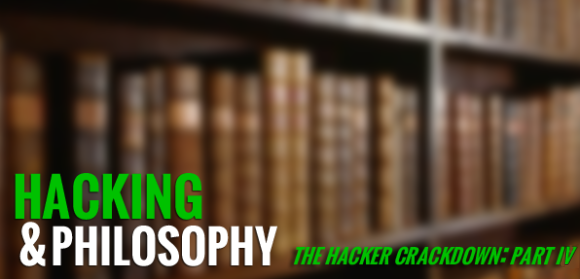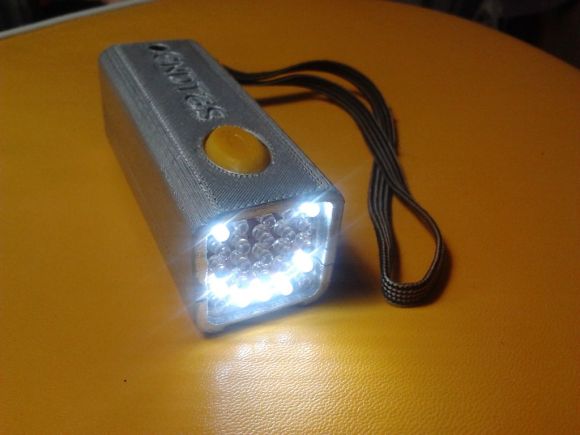[Charles] is a big fan of phones that have physical keyboards. He thinks they are better suited for writing lengthy emails, but unfortunately his HTC Desire Z was getting old so he had to replace it. [Charles] therefore decided to import the Motorola Photon Q from the USA which exposed one major problem. The Verizon phone uses CDMA so there is nowhere to put a GSM SIM. But a bit of hacking allowed him to add a SIM card slot to it. Even though he’s not the one who originally found this hack (XDA thread here), his write-up is definitely an interesting read. To perform this modification, he needed a hot air reflow station, a soldering iron, a Dremel with the appropriate cutting wheel and several SIM card slot assemblies from the Galaxy S3 (as the first ones usually get burned during the disassembly process).
Obviously the first steps involved opening the phone, which may have taken a while. Using hot air, [Charles] removed the EMI shield covering the SIM card IC . He then extracted the latter using the same technique. Finally, he removed another EMI shield covering the contacts to which the SIM card slot should be connected. A few minutes/hours of delicate soldering and case modding later, [Charles] could use his SIM card on his brand new phone.

















